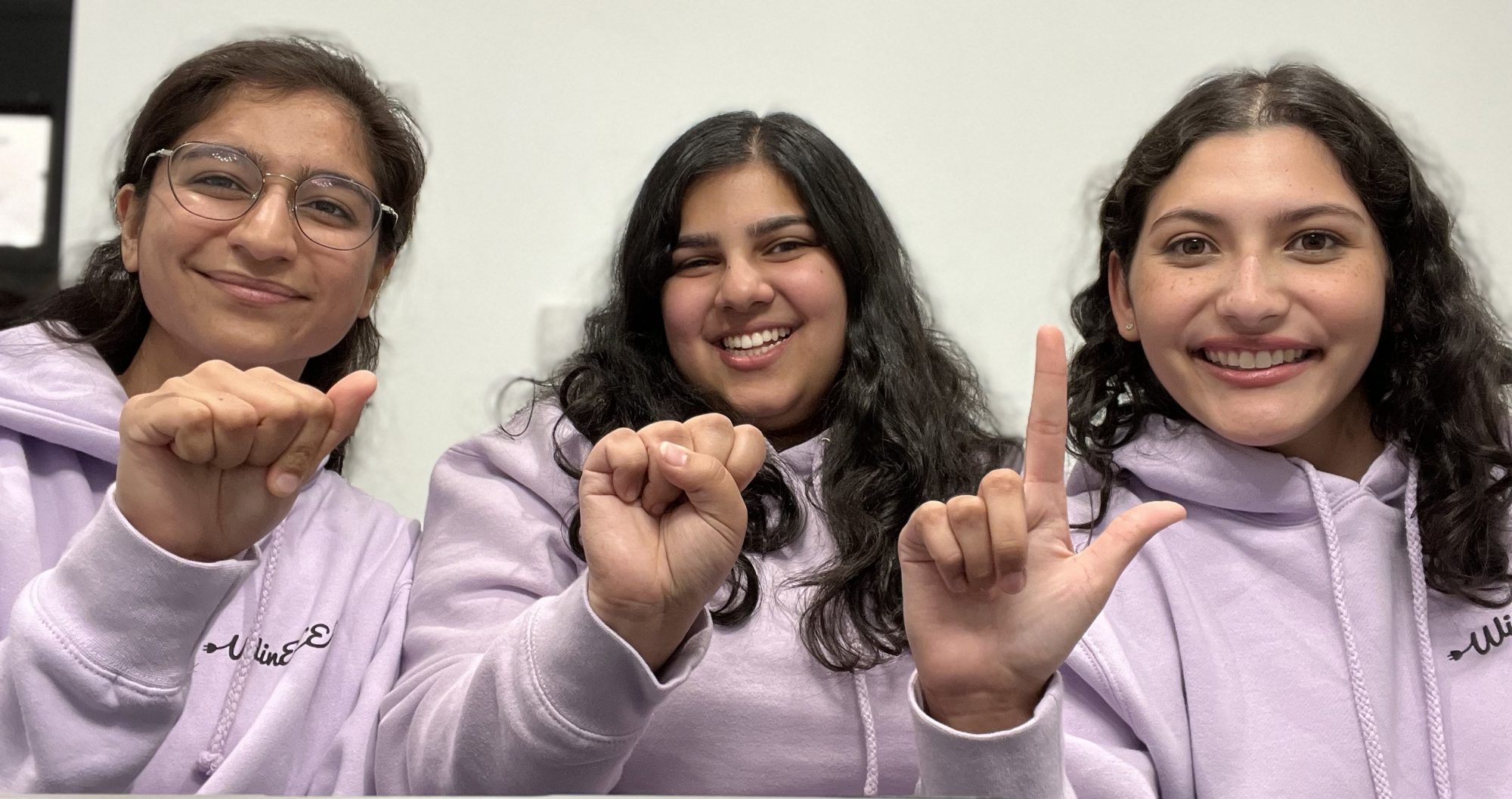This week, I worked on the final presentation with my team, taking pictures and documenting the current state of our project. I worked on adding details to our demo poster (such as system block diagrams and discussion regarding overall system structure). I also have been working on experimenting with further data collection concerning our neural networks (e.g. observing the effect of learning rate on model accuracy), to see if these metrics could provide more content for our discussion of quantitative results and tradeoffs.
My progress is on schedule. Next week I hope to complete my portion of the video demonstration (explaining the ML models and testing accuracy metrics), as well as my portions of the final design report.


